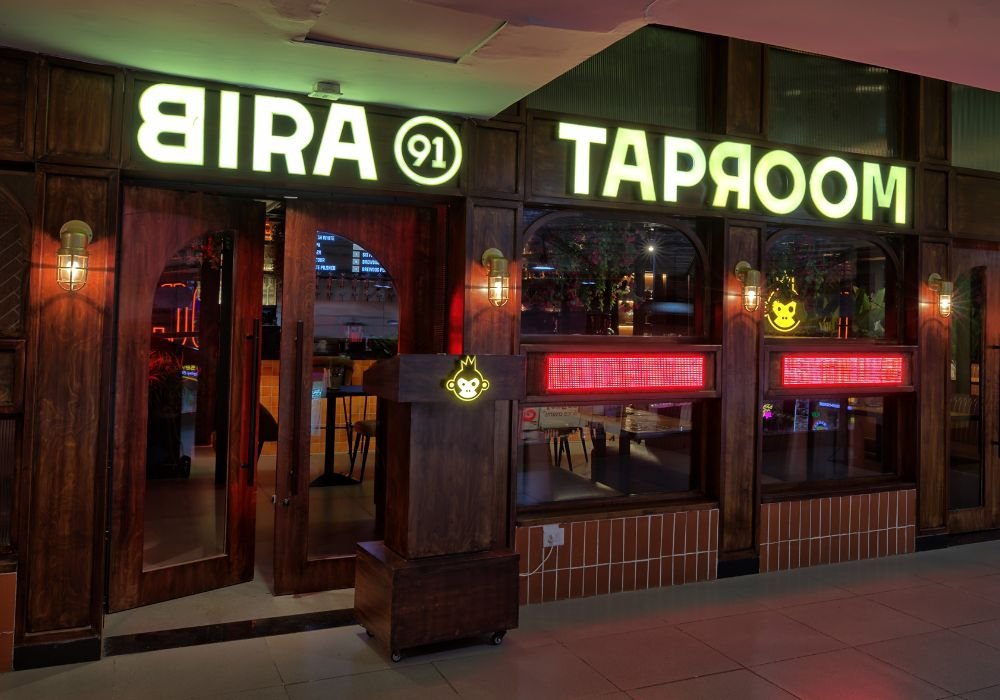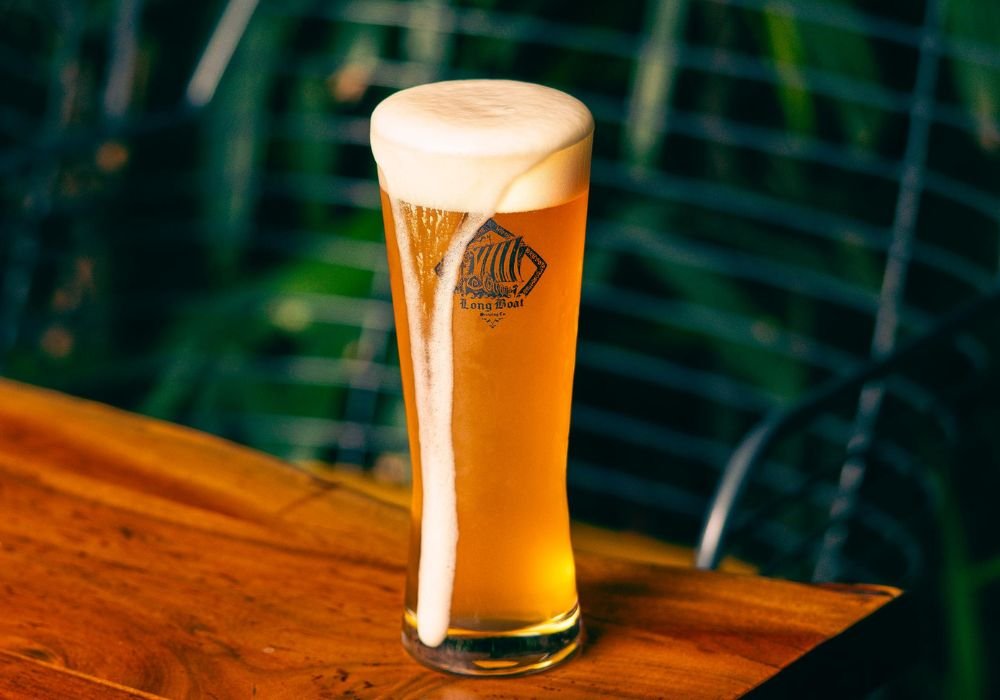Regulatory Challenges of the Alco-Bev Industry in India

ASHOK CAPOOR
Former President & MD, United Spirits Limited
The beer industry is getting active now, unlike in the past. The weak point is, taxation varies from state to state- drastically. There is really no logic of why taxes are what they are across the country. It is driven by political agendas, with revenue objectives.
The liquor industry has been facing a huge amount of challenges because of the regulations and restrictions which different states have put on them. For the states, one of the easiest ways to get higher revenue is increased taxation. That means consumer prices go up very sharply, which creates a problem in terms of the growth of both the industries – spirits as well as beer.
For the beer industry, India is the only market in the world where beer is consumed less than spirits. Across the globe, beer is the dominant drink, almost 80-90% of the market. In India, it is the spirits volume which is larger than beer – because of the high taxation and the relatively higher prices of beer vis-a-vis spirits.
IMPACT OF TAXES
Indians are so value conscious that they see how much kick they get per drink. That is why strong beer is a preferred drink amongst youngsters. They compare it with a small bottle of whisky or hard drinks in terms of the value equation. The reality is that both these sectors are very price sensitive, and the relative price of beer vs spirits, which depends on the taxation of beer vs spirits, plays a major role in the growth of these two sectors.
The other factor which plays a big role is seasonality; a long summer will push up beer sales dramatically. If you have a long winter, then rum sales will go up. So, if we have a long rainy season, it impacts the sales of beer, and if hotter days are there, beer gains. Two things have the maximum impact on the markets of beer and spirits relative pricing and seasonality. They play a major role in the relative growth of both spirits and beer. Hard liquor has the challenge of duplication, which beer doesn’t have because it needs huge amounts of CAPEX as compared to liquor.
Another very significant factor is GST, which is going to be implemented by July 1st. This will have a major impact on both beer and spirits because they both have been kept out of the GST regime. Since alcohol is a state subject, they will not get the GST benefit on their inputs while other industries will get the benefits. Liquor and beer will not get any benefits under the GST regime. Also, their raw materials prices will go up. They are trying to work with the government to get some relief, or the only other recourse will be to increase prices, which will again impact consumption. This is a big spoiler for both these industries.
In India, the per capita consumption is much lower than the West. The demographics are favourable since 50% of our population is below the age of 25. They start drinking early, so beer is the first drink adopted. Since the social taboos of drinking are breaking down, it’s seen as fashionable, especially in the urban areas and now, even in tier 2 and 3 cities.
Even for imported beers, taxes have made them very pricey and that is the bottleneck. If taxes are more rationalised, they would do well.
THE BEER-SPIRITS INTERPLAY
As mentioned, taxation plays a very key role in the interplay of these two sectors. As an example, there was a VAT of 5.5% levied on the premise drinking in Karnataka on beer. It pushed beer to stagnancy and helped the liquor industry grow because, due to the VAT levy, hard liquor was viewed as having relatively better value. However, the VAT levy has been removed in the 2017 budget so the situation will be the other way in 2017-18. When the prices of beer come down, it will become more affordable and reasonable to the consumer. You will see this year, beer will grow while spirits will stagnate, that’s the interplay.
In Maharashtra, in the past, they increased the tax on beer, which was growing in double digits, and not on spirits. So, beer de-grew while spirits grew by 13-14%. Thus, I would say taxation is the most critical factor for the industry. The more rational the excise is, the better it is for the industry. The beer industry is today trying very vigorously to be separated from spirits and hopes to be taxed much lesser going forward.
The beer industry is getting active now, is unlike in the past. However, the weak point is, taxation varies from state to state – drastically. There is really no logic of why taxes are what they are across the country. It is driven by political agendas, with revenue objectives. Different rates of the same product in neighbouring states often encourage much worse situations – smuggling across the border and bootlegging.
IMPACT OF PROHIBITION
Apart from taxation, the other enforcement by the government – prohibition. In my opinion, it is clearly not a sustainable model at all. It has failed even in the US, giving rise to bootlegging there as well! Gujarat has all liquor available, despite prohibition. AP and Haryana went into prohibition nine odd years ago, and started losing state revenue alarmingly fast. However, stocks were still coming in from neighbouring states, and ultimately the concerned states were the only losers. Excise from alcohol being the second largest revenue driver in any state – about `10-12,000 crores, it is not a very smart step for the government to take. Bihar’s current prohibition is driven by the women vote bank, but the neighbouring states are feeders for alcohol in the state. So, the purpose has been defeated. Nothing else has stopped, only the revenue to the government has fallen. The industry, on the other hand is also affected. Illegal routes will able to fill up only a fraction of the actual demand so brands will lose, and even new investments in Bihar will hit a brick wall since exports from these states can be prohibited as well!
The fact that it is a huge revenue generator, this kind of decision is not sustainable in the long run.
IMPACT OF GLOBAL BRANDS
Despite top global brands being present in the Indian beer market, UB is still the market leading brand. There are now products available at different price points, higher quality and packaging, backed by very efficient processes. The Indian public has accepted these brands, but because of higher taxation, they are at much higher price points. Nevertheless, they have helped in expanding the industry, creating aspirations for well-travelled people who may want to have something better than Kingfisher, especially at a higher price. But in truth, except for Carlsberg, no other brand has been able to make much of a dent. Carlsberg & Tuborg are doing extremely well, and have garnered about 17% in last 8 years. Their marketing and sales were run by people who knew the Indian market, hence creating a strong foothold in the industry.
The other brands are aspirational but niche; they are selling only in select outlets in metros and at very small volumes. The same applies to even Heineken, which is partnering with UB, though it is a very good product. At the end of the day, UB as a company is doing well and despite everything it has maintained the market share at 51%. Some of the other companies lost out because they had foreign nationals trying to work the Indian market, without understanding the Indian market dynamics – it’s like running 33 countries. In my opinion, these companies could have been more successful if they had a strong Indian leadership at the helm.
The Indian market is not a structured industry, the taxation is fickle since revenue pressures can push up taxes suddenly. You need to be ready to cope with sudden changes with a Plan B and even a Plan C. UB has people capable of that planning, they have good relationships, and they contribute large amounts to the profits of the trade. It’s very difficult for foreign brands, they face a challenge and their pricing and distribution are not up to the mark for others.
Over the next three years, I do not see much of a change. Only if alcohol moves from being a state to becoming a central subject, some change will happen, but that is very unlikely. Each state wants to keep the domain and I don’t see the trends changing, whatever is dominating will continue to dominate – unless there are structural changes or foreign companies start investing disproportionately.
Budweiser is also here they are doing OK, but compared to the potential they have they are just scratching the surface. Unless they become extremely aggressive in terms of sales & marketing, I see nothing changing. It’s a cut-throat industry and unfortunately the growth has not been too healthy, staying at 1-2%, purely because of taxation in the last 2 years.
Bihar’s current prohibition is driven by the women vote bank, but the neighbouring states are feeders for alcohol in the state. So, the purpose has been defeated. Nothing else has stopped, only the revenue to the government has fallen.
THE CRAFT SCENE
Craft beer is basically available only in a few urban areas. It has a massive following in US and Europe, where craft beer has become a big part of the industry. Here because of various laws and regulations, it’s a bit tedious to start, yet I see it gaining momentum. People are seeing a huge amount of options, it’s about different tastes, and therefore youngsters are hanging out and visiting these places.
But, since setting up a brewery is very costly, they have to see profits and the throughput has to be very good, for them to sustain. Today, all are not seeing great success, and hence have to innovate to be sustainable. If it’s a good concept, gives variety and fresh new brews, it will be definitely seen as a cool thing.They will need to create a differentiation to attract the young crowd and sustain, it is bound to grow. In foreign markets, almost 12% -13% business has gone to craft beer. In India, value for money plays a huge role so anyone who provides that, has huge growth options. Here, more craft breweries are also coming up and as kegging and bottling are now being allowed, the reach will be certainly increased.
I would think it’s a very tough ride for both liquor and beer going forward unless the taxes and regulations are changed drastically.



